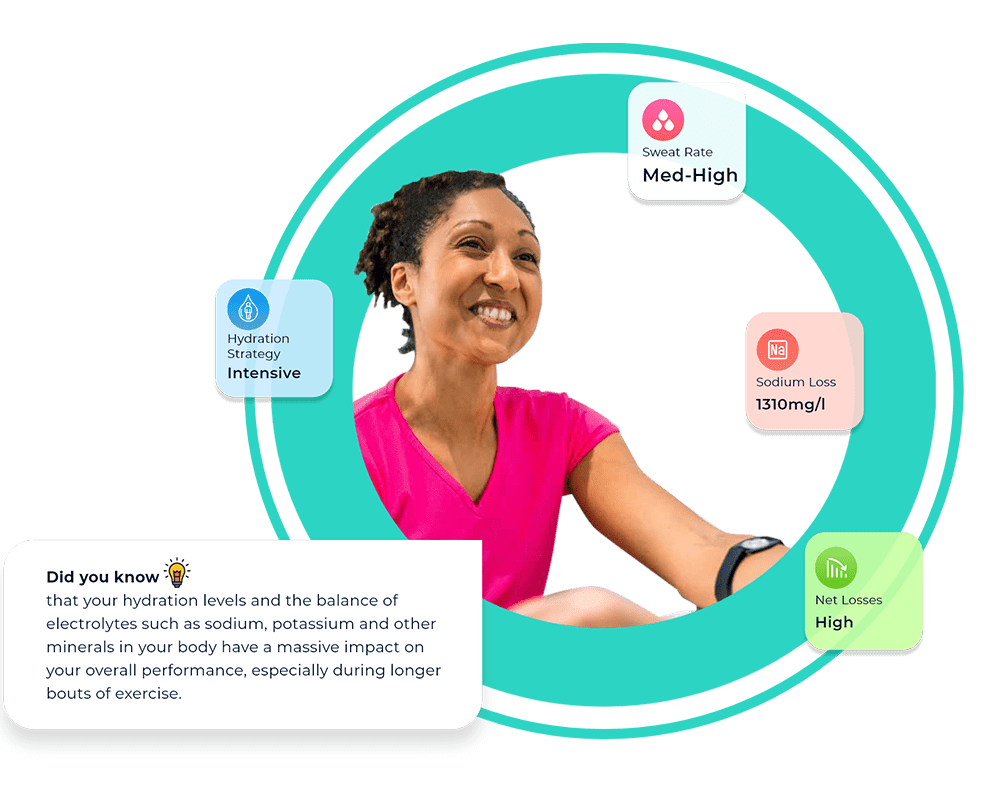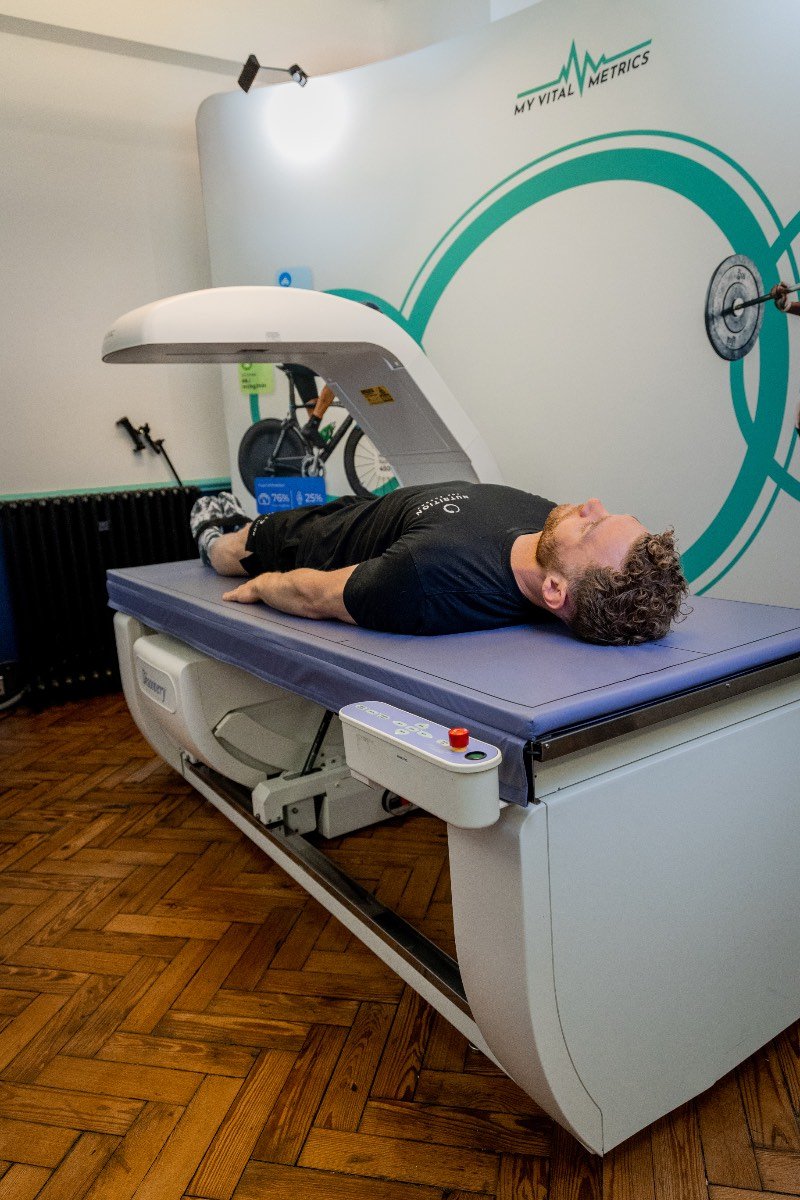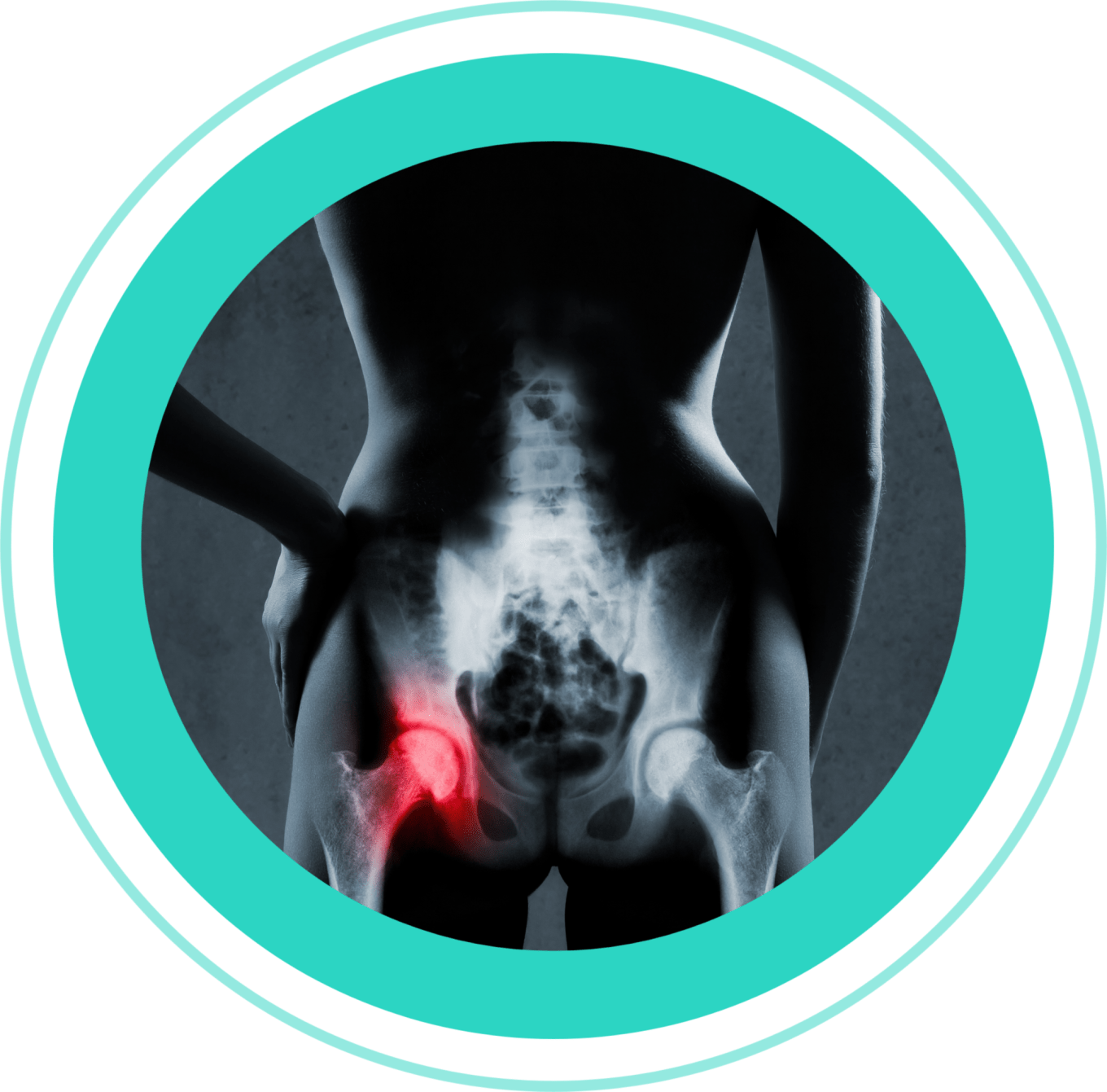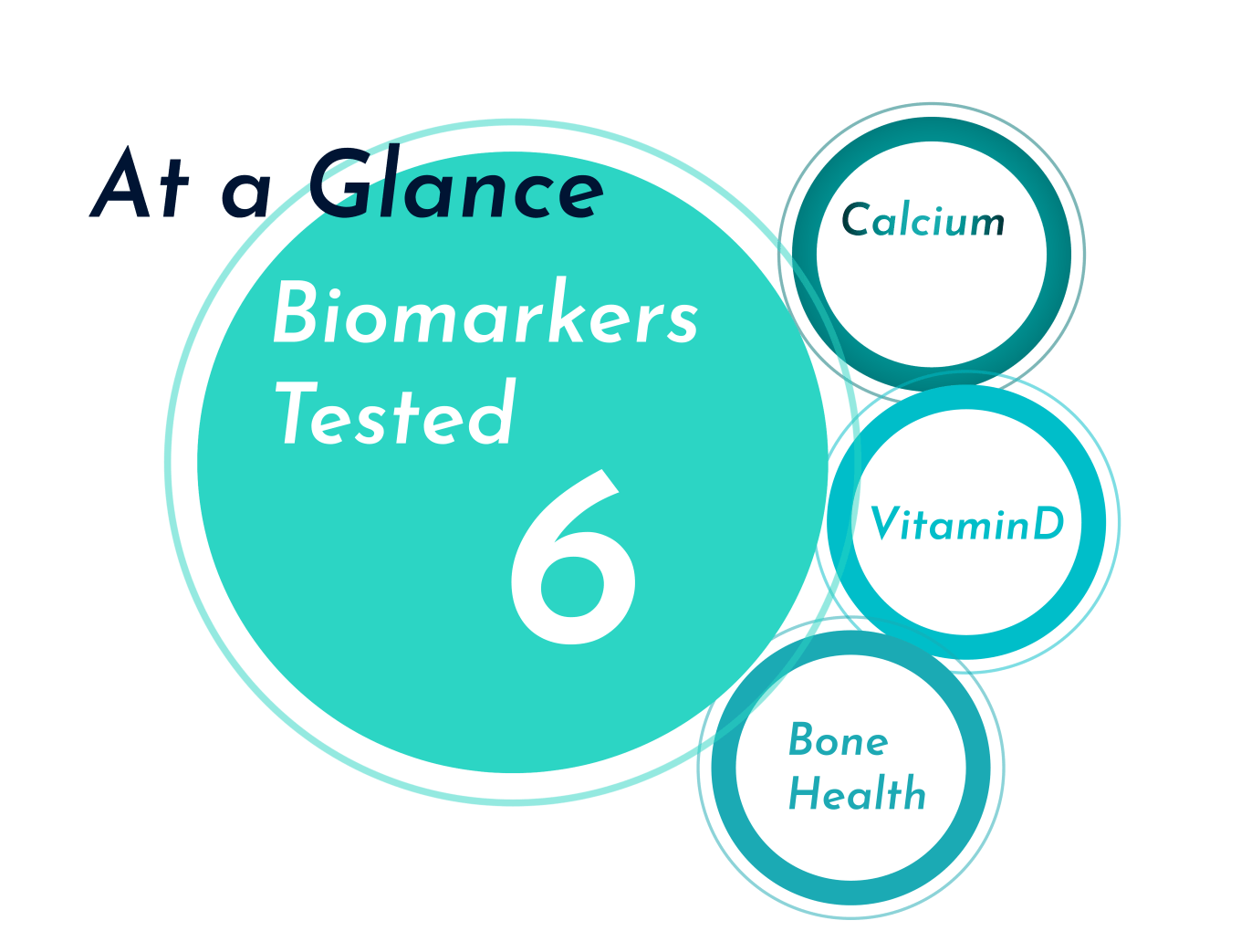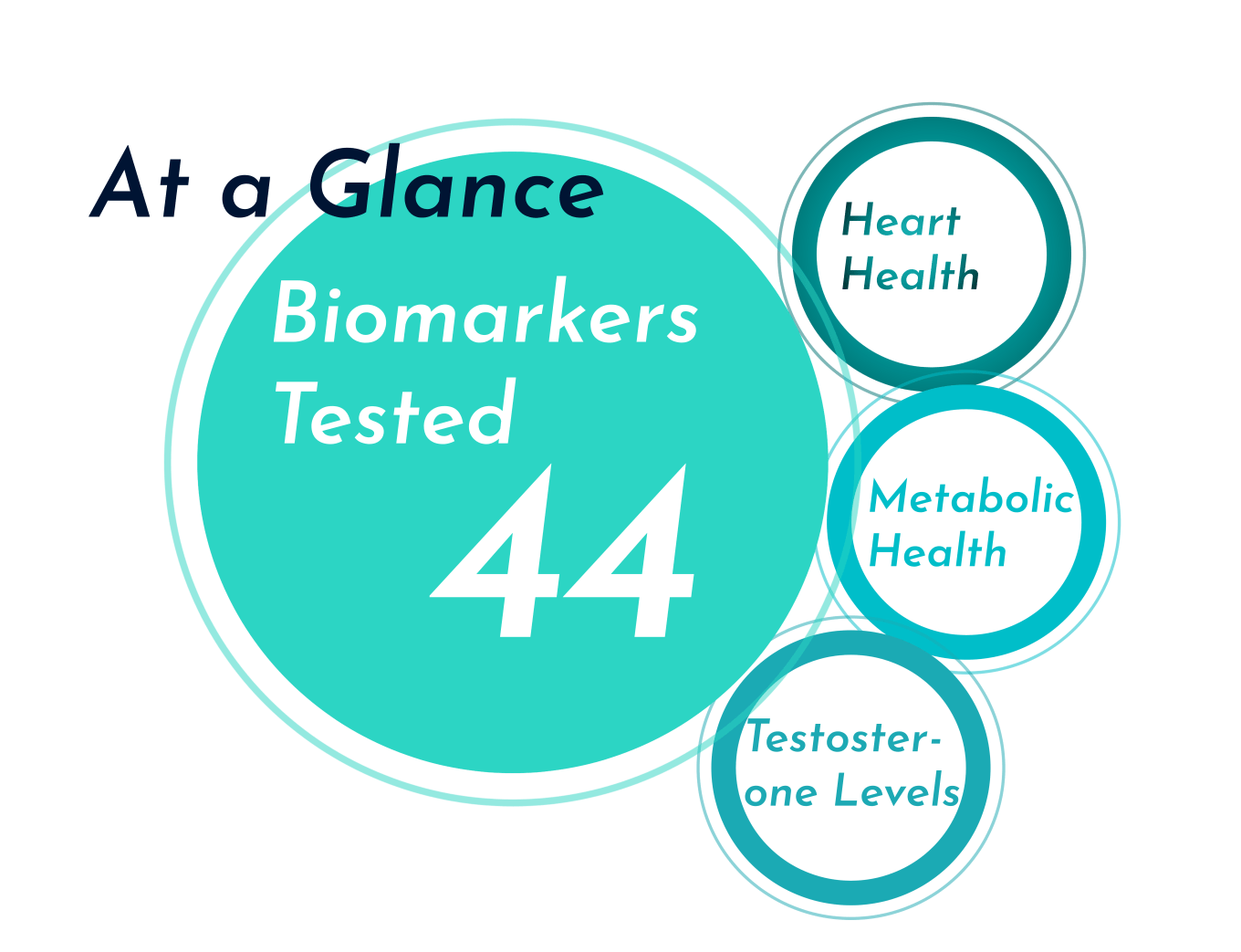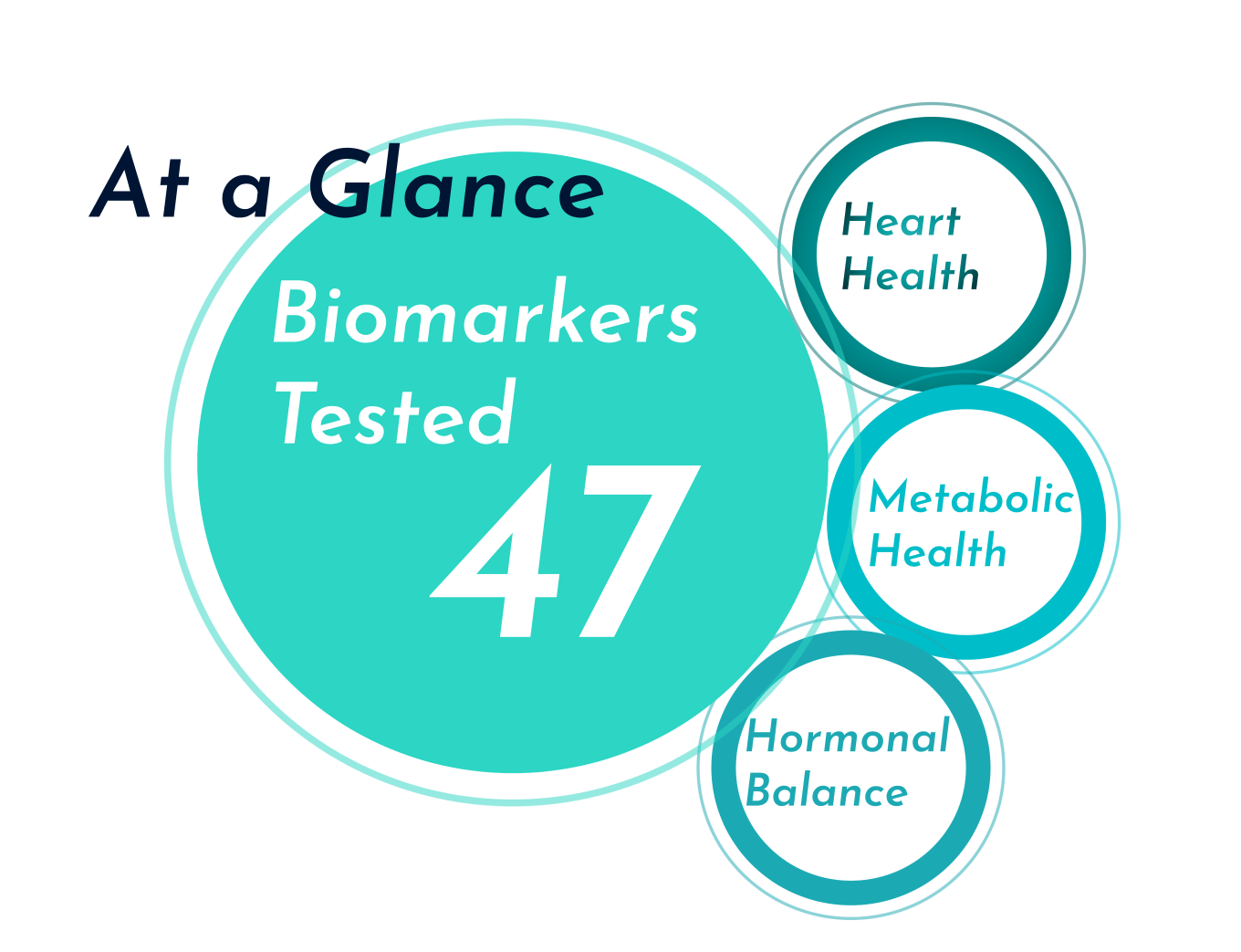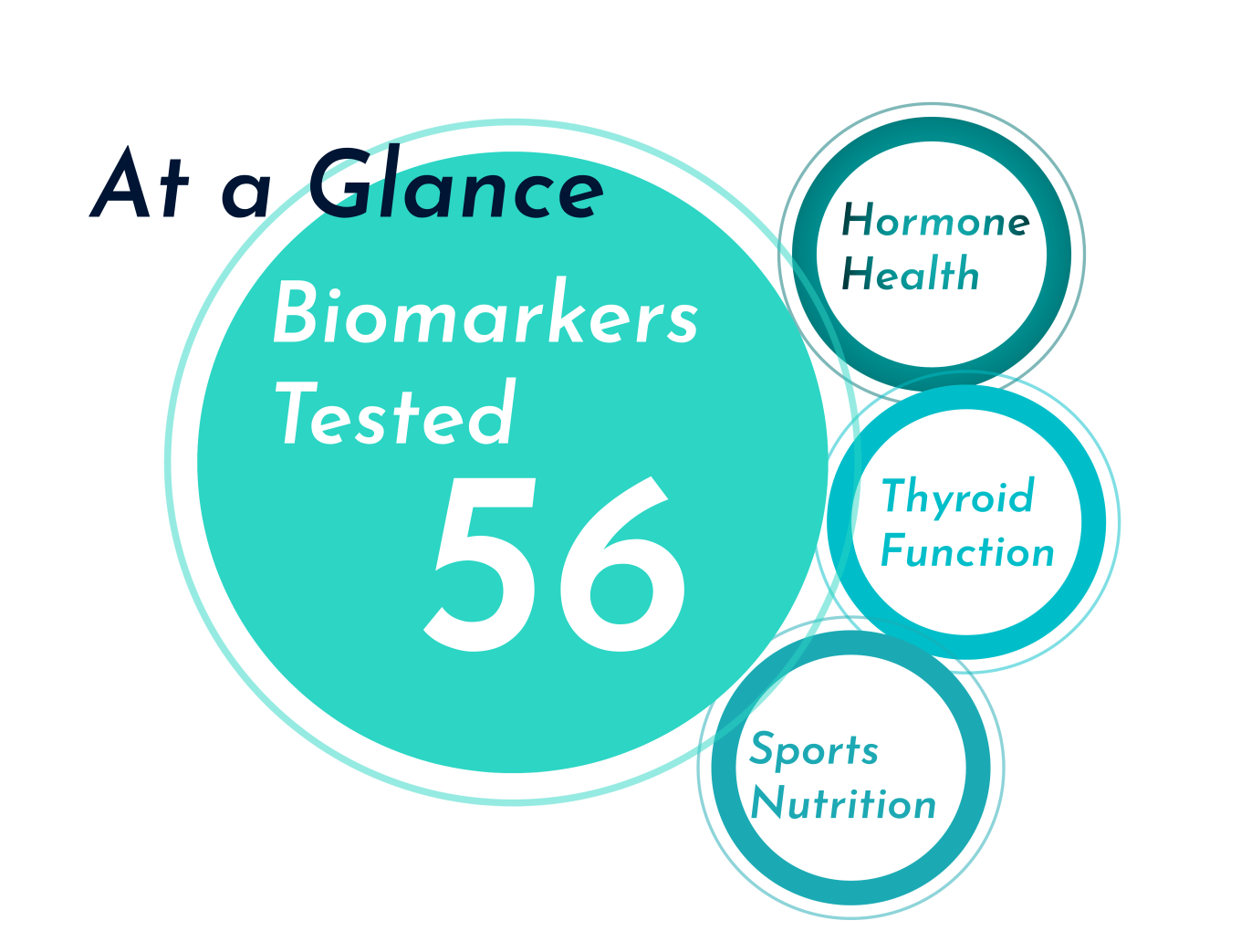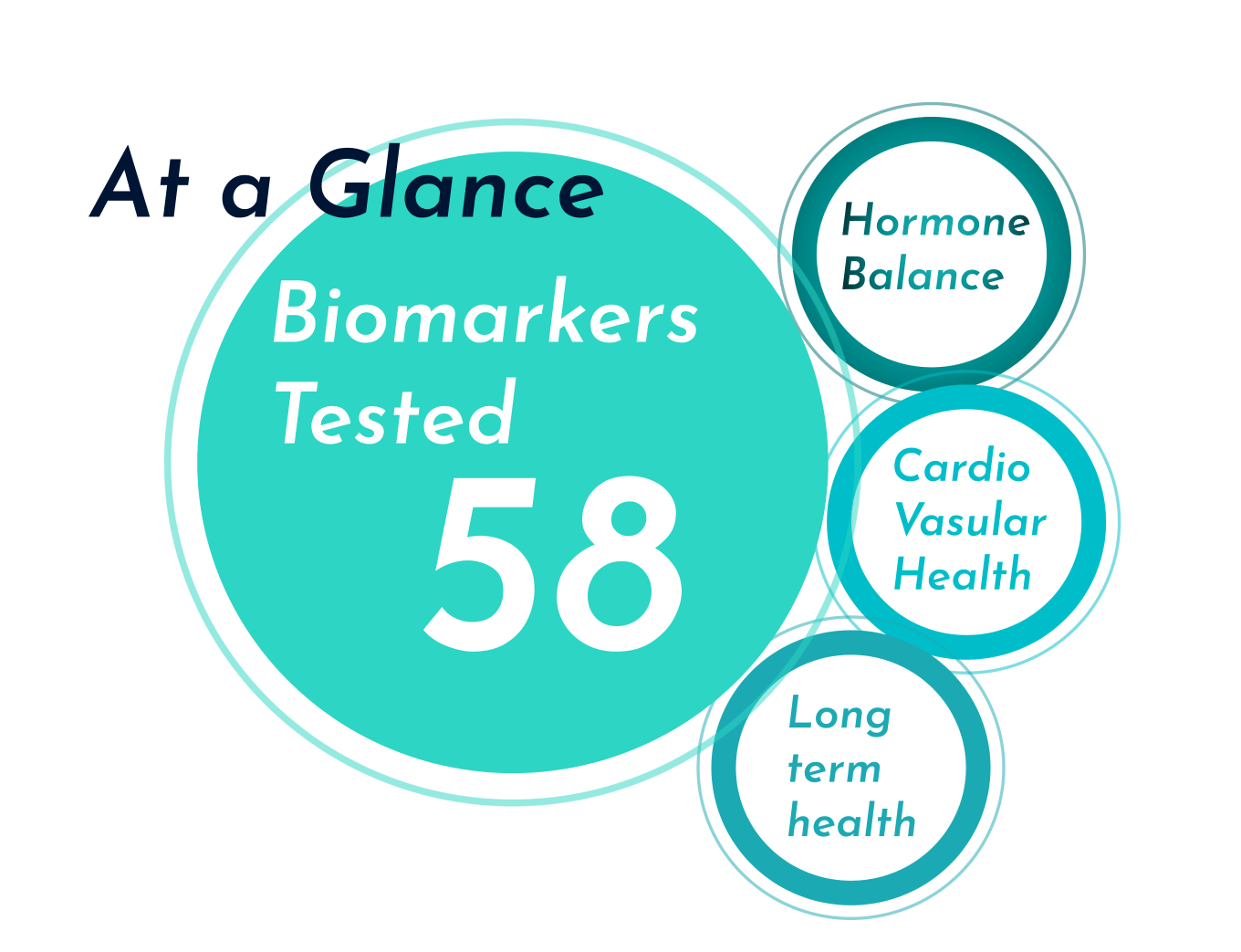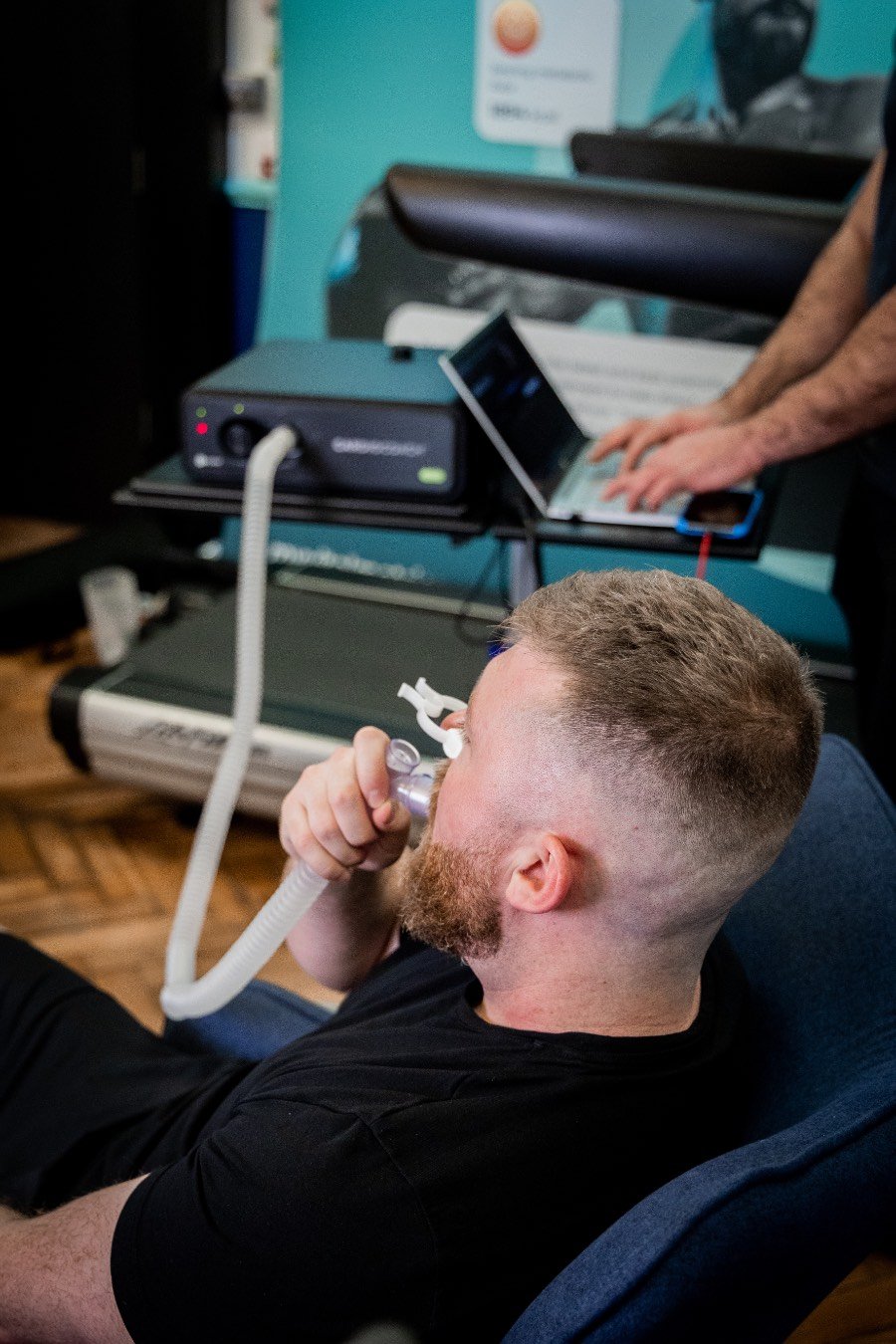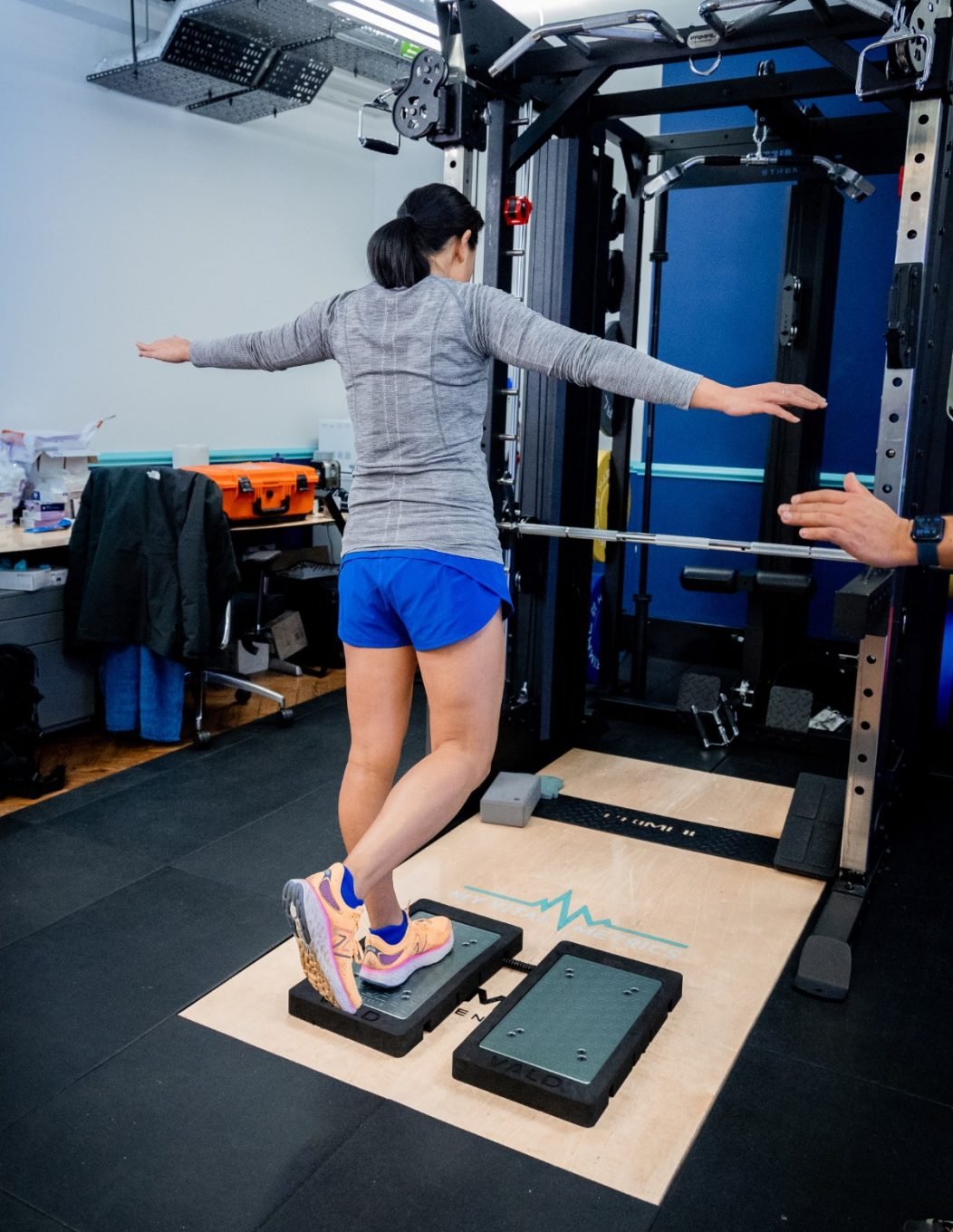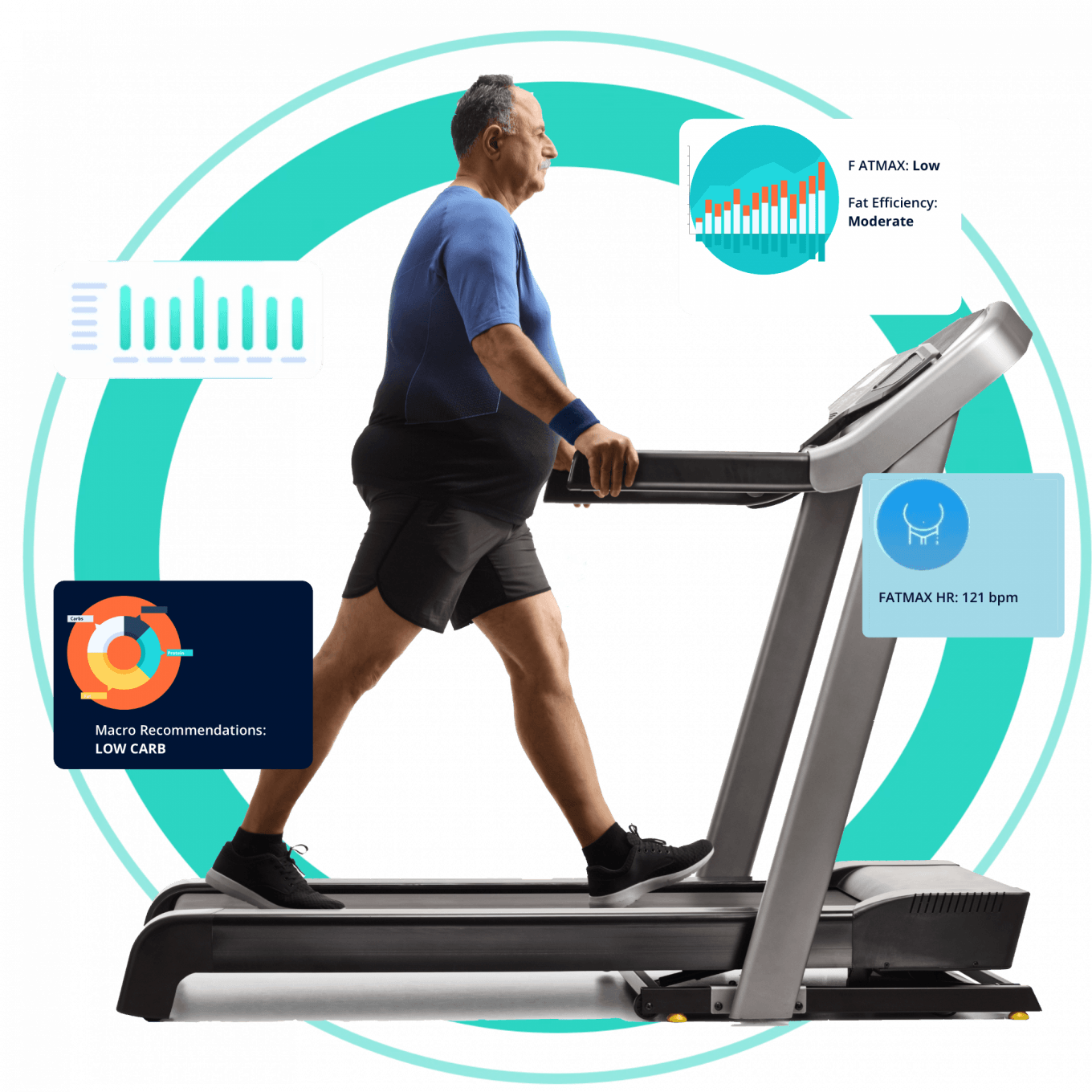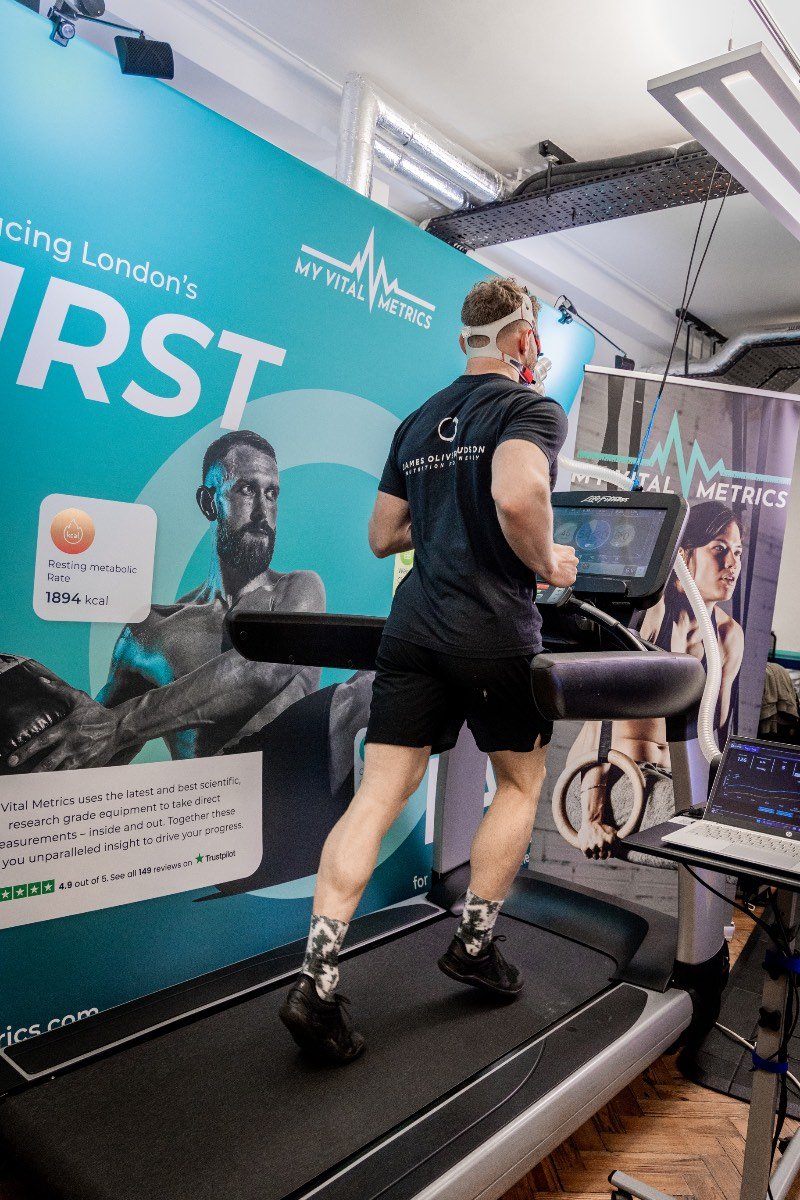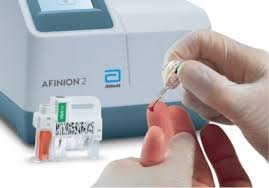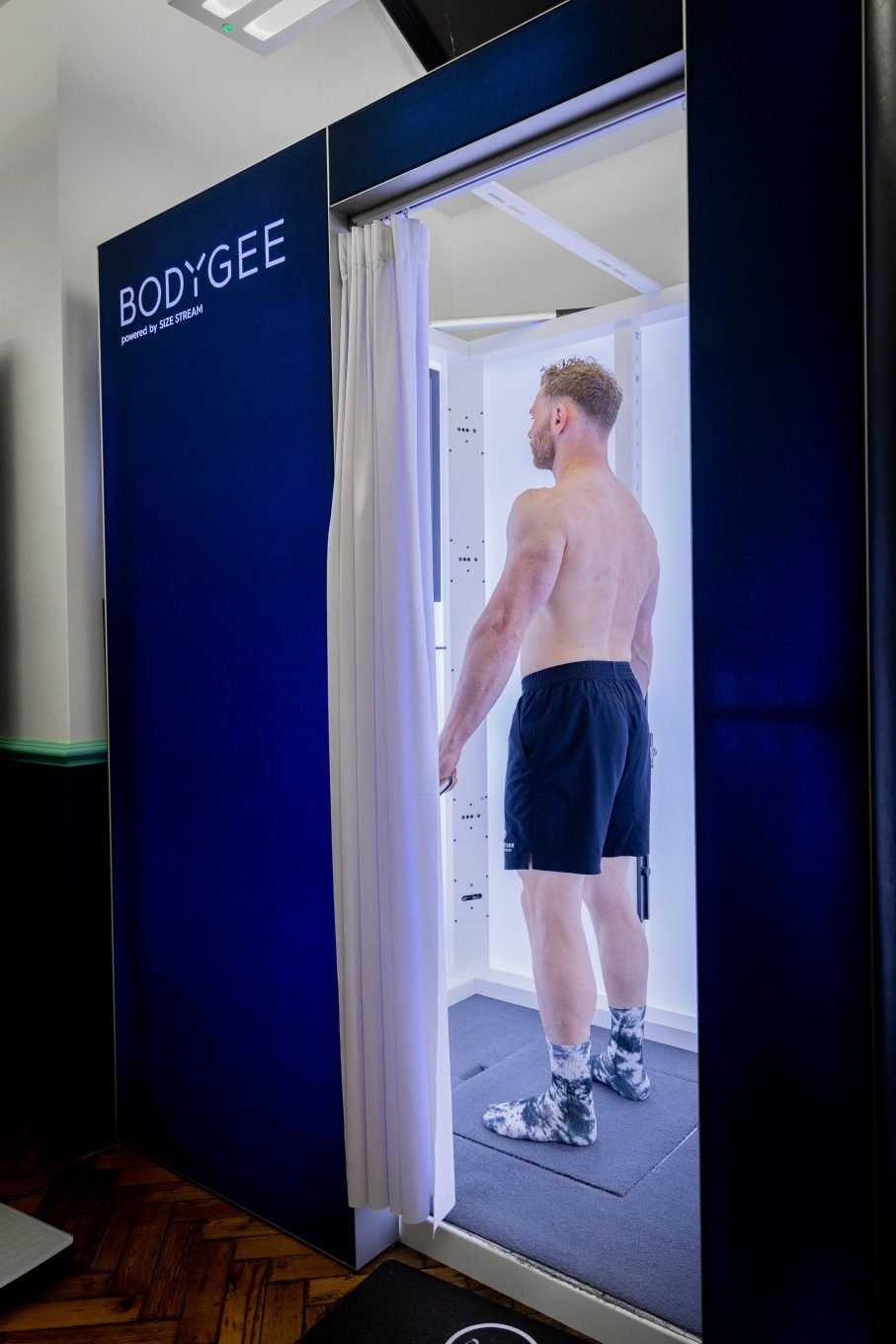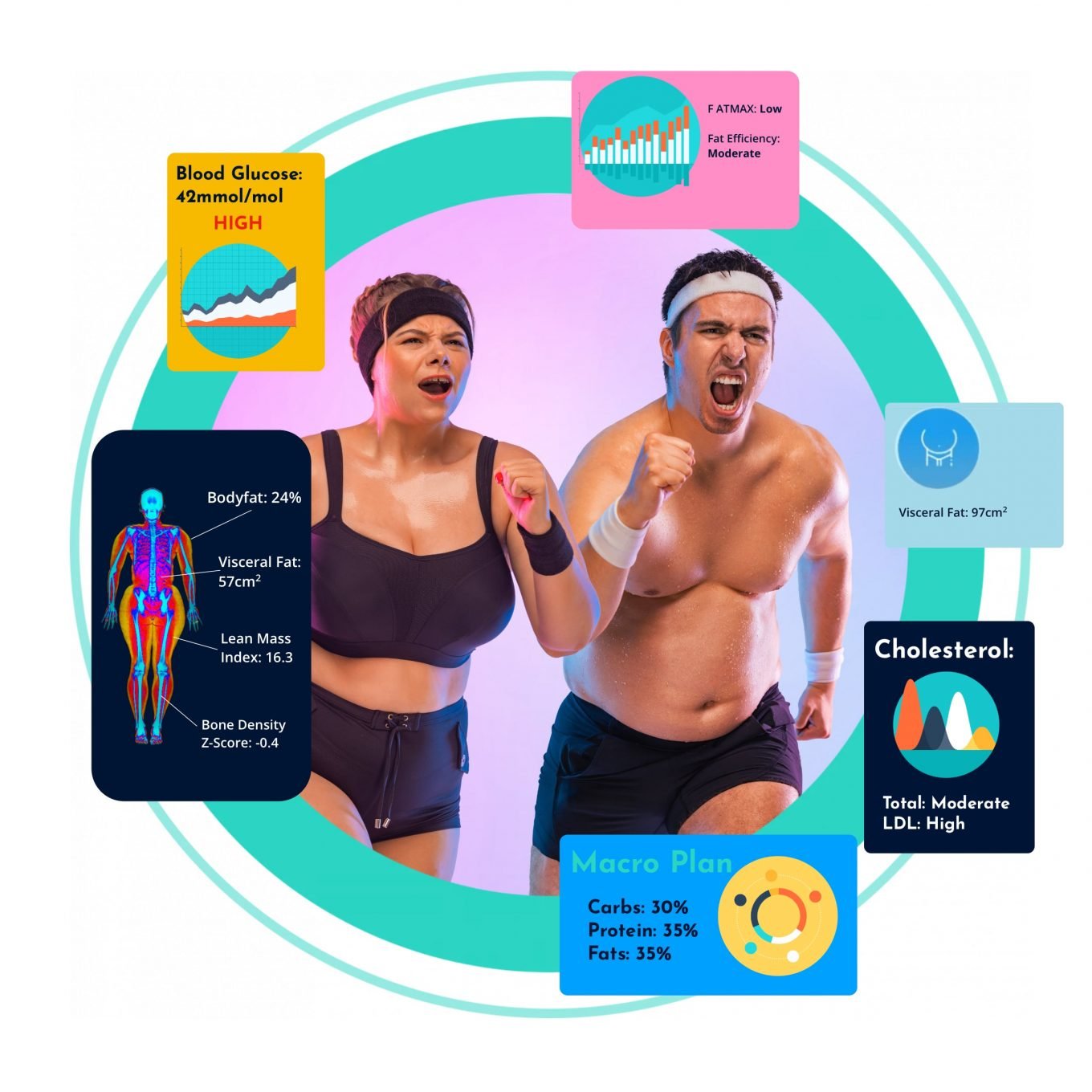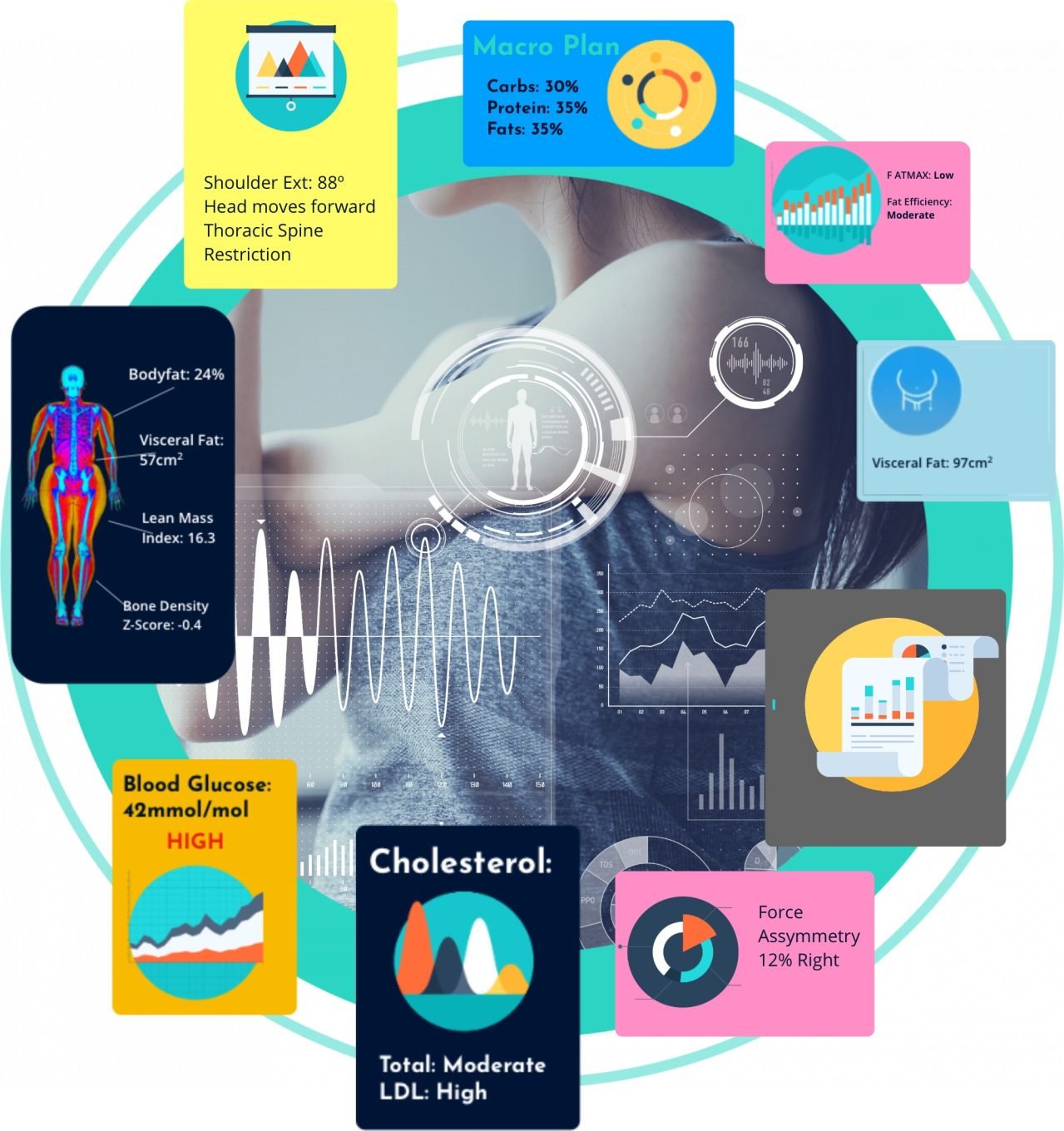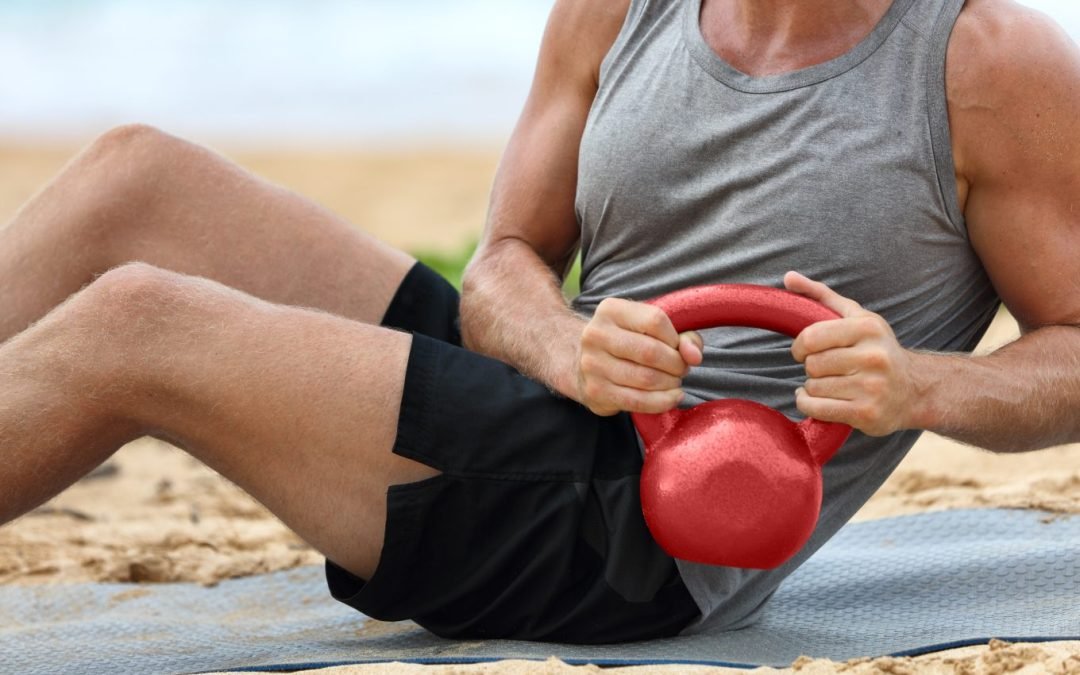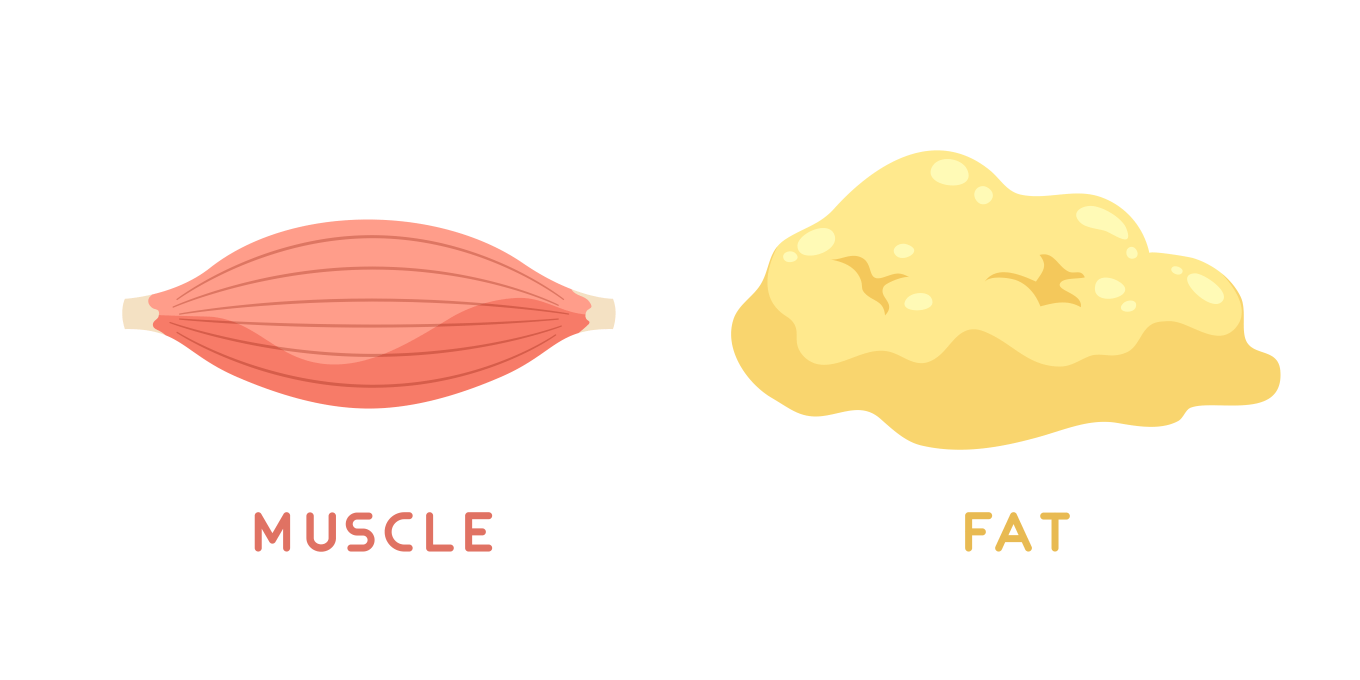There’s plenty of misinformation out there about body composition, but understanding your body composition doesn’t need to be complicated. Let’s take a look at some common body composition FAQs.
Does muscle weigh more than fat?
The idea that muscle weighs more than fat is a body composition myth. However, like many myths, the idea that muscle is heavier than fat is rooted in something true – in this case, that muscle is denser than fat.
This means that while 1lb of muscle and 1lb of fat weigh the same amount (1 pound is a pound!) the 1lb of muscle is denser than the 1lb of fat. Muscle takes up less space than fat. This is why two people of the same weight and height can have drastically different builds. More muscle mass contributes to a slimmer, leaner look than the equivalent quantity of fat mass.
Can fat turn into muscle?
Unfortunately, fat can’t turn into muscle – at least not directly.
Fat and muscle are distinct tissues that are made up of different types of cells, and one can’t transform into the other. Building muscle is a separate process from burning fat, and the fat we burn gets used for energy – not built into new muscle.
In fact, too extreme of a fat loss regime can result in the loss of muscle, too, impacting strength, metabolic rate, and further fat loss. If you’re on a weight loss journey, you can mitigate this muscle loss by sticking to an appropriate caloric deficit, getting plenty of high-quality protein, and incorporating resistance or strength training into your workout routine.
How do I know if I’m gaining muscle or fat?
You’ve gained weight. How do you know if it’s muscle or fat?
The best way to assess any change in your body composition is through a professional DEXA scan. Simply weighing in won’t tell you whether you’ve gained muscle or fat – and can even feel discouraging if you’ve started strength training and are seeing your weight creep up.
Similarly, while a home smart scale can give you an estimate of your body fat percentage or changes over time, this isn’t a particularly accurate way to check in on your body composition. A DEXA scan can provide accurate measurements of your fat mass, muscle mass, and visceral fat, as well as show you where you’re carrying more fat or muscle.
If you’re looking for a quick sense of whether you’re gaining muscle or fat, there are some signs you can notice at home. If your weight gain is mostly from fat, you may notice a “softer” look to your body, and less visible muscle definition. Your clothes may fit a little tighter, since fat takes up more space than muscle.
Similarly, if your weight gain is mostly from muscle, you may notice a leaner look to your body, or that your clothes fit a little looser. You may also feel stronger, or notice that you can lift heavier, easier, or for more reps.
If you’re finding it hard to notice any changes in the mirror, keeping track of measurements at home can be a great way to estimate how your training is progressing. As always, checking in on how you feel – both in your day-to-day life and while working out – is an important metric to keep an eye on.
I’m gaining weight – why do I look thinner?
If you’re regularly strength training, noticing the scale tick up, and seeing a leaner reflection, you may be gaining muscle mass.
As we mentioned earlier, muscle is denser than fat – it takes up less space than the equivalent weight in fat. Body composition changes may mean you notice you appear slimmer or leaner, or that your clothes feel looser while seeing the same – or even a higher – weight on the scale.
Tracking your body composition over time will give you significantly more insight into your fitness progress than tracking your weight alone.
Can I gain muscle and lose fat at the same time?
No, you can’t usually gain muscle and lose fat simultaneously. This comes down to the fact that while building muscle requires a calorie surplus, losing fat requires a calorie deficit.
If you’re completely new to strength training, you may find that you’re able to defy this rule by losing fat and building muscle simultaneously – at least for a while. As you start to lift weights, you may be rewarded with a sudden increase in strength while experiencing fat loss. However, these “newbie gains” tend to subside as your body adapts to the new type of exercise.
For most regular gym-goers, it’s necessary to focus on one goal at a time (or to incorporate both into a bulk and cut cycle) to gain muscle and lose fat. Under specific circumstances, it can be possible to gain muscle and lose fat at the same time, but this process can be quite technical and difficult to achieve.
If I cut more calories, will I lose more fat?
Weight loss, including fat loss, requires a calorie deficit. This means that to lose body fat you need to be taking in fewer calories than you’re expending through everyday activity and exercise.
With this in mind, it’s a common misconception that cutting calories further will automatically equate to a faster rate of fat loss. While maintaining a caloric deficit is required to lose fat, increasing this deficit can actually have the opposite of the desired effect.
When we create a caloric deficit, that energy has to come from somewhere. Ideally, this is from excess body fat. However, if we create too large of a deficit, the body may draw this energy from elsewhere. This could be from muscle tissue (which is “expensive” to maintain), limiting energy spent on immunity (increasing the chance of infection), or limiting energy for high-energy brain function (resulting in brain fog and difficulty concentrating). If you’re experiencing these symptoms, then it may be a sign that your calorie deficit is too high.
In all of these instances, a greater calorie deficit wouldn’t result in any more fat loss than a smaller deficit. An ideal deficit will depend on factors such as your age, starting weight, and body fat percentage, but aiming for a deficit of approximately 500 kcal is a good place to start.
What is the best way to measure my body composition?
There are a variety of ways to measure (or estimate) your body composition. Here’s an overview of the most popular ways to assess your body composition:
-
- DEXA scan: The gold standard in body composition analysis, a DEXA scan is a safe, accurate, and detailed way to assess your body composition.
- Bioelectrical impedance analysis: BIA estimates your fat-free mass based on a measurement of body water. While not as accurate as a DEXA, this can be a good way to track trends over time.
- Skin calipers: Skinfold calipers are an accessible manual tool for quickly measuring body fat at specific parts of the body, or estimating overall body fat.
A DEXA scan is the best way to accurately measure your body composition, but other methods can prove valuable for more regular or at-home tracking. You can read more about the types of health and fitness testing here.
Want to optimise your body composition?
